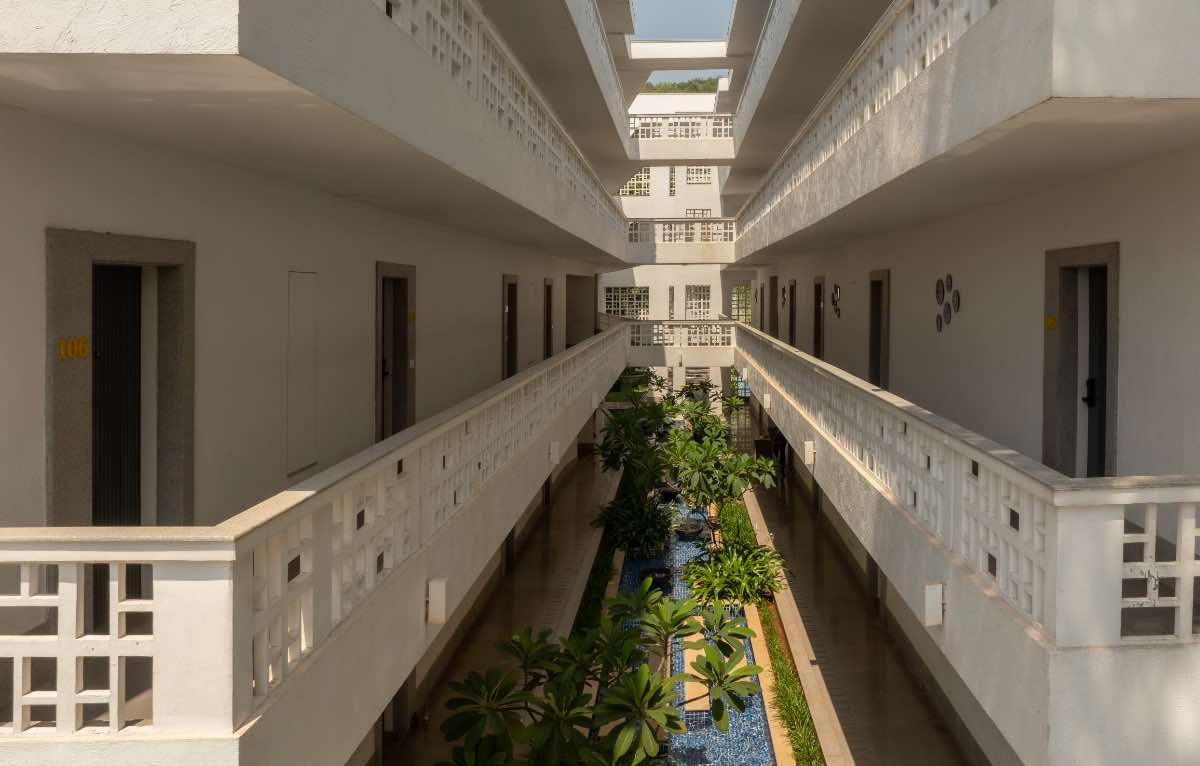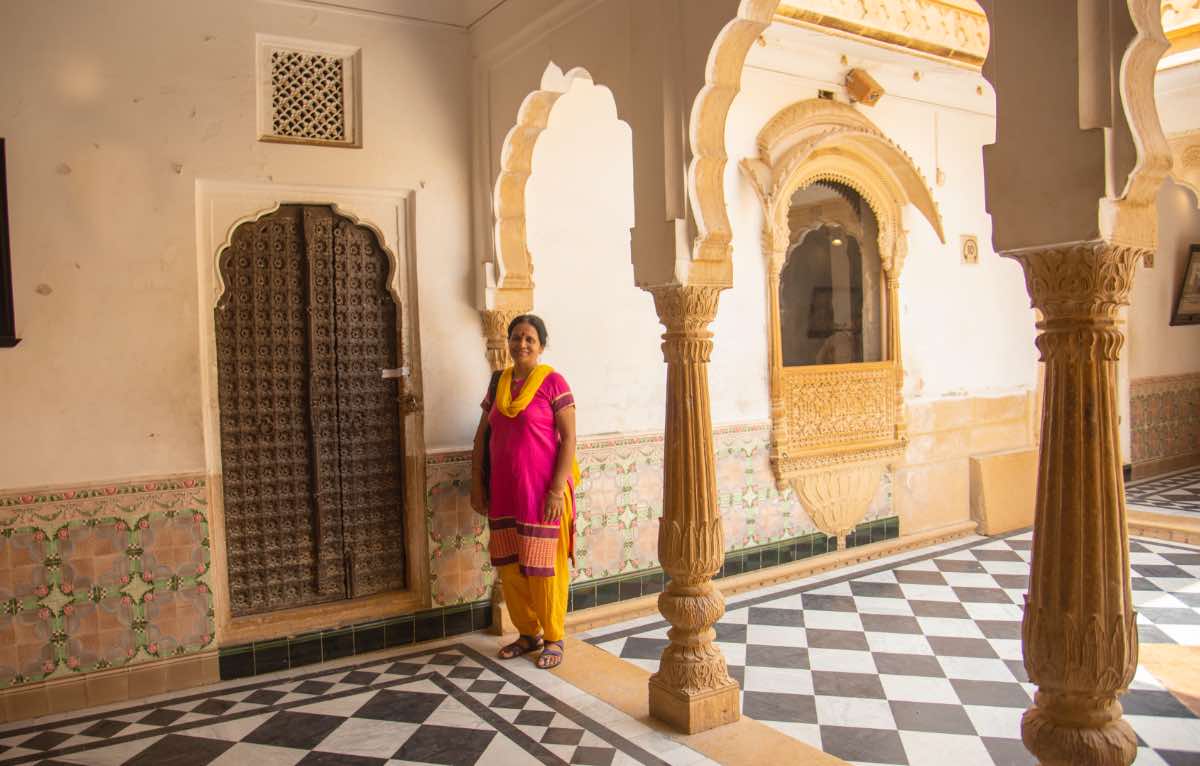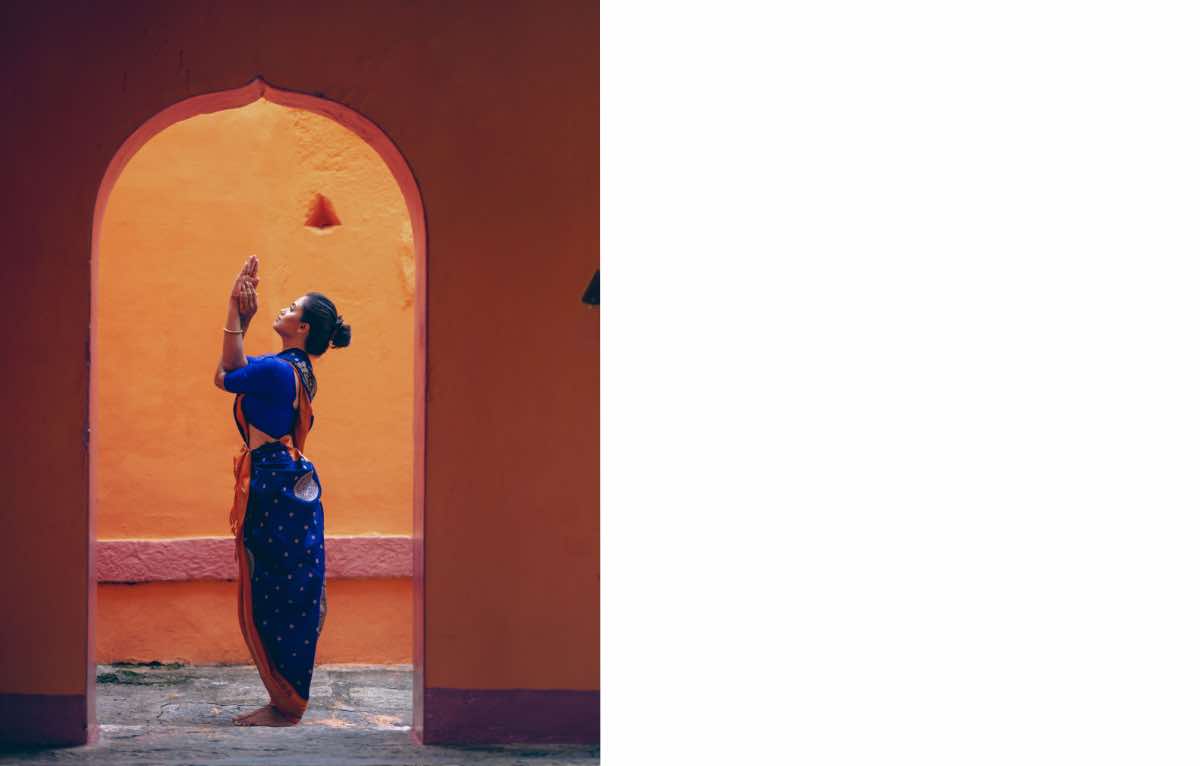The ancient Indian architectural science, Vastu Shastra, significantly shaped traditional Indian architecture and the way buildings were designed and constructed. From temples to urban planning, the role of Vastu Shastra in Indian architecture integrated philosophical and spiritual principles, often guided by ‘Agama’ texts. By incorporating vastu in architecture, it harmonized nature’s forces and cosmic energies, fostering balance, prosperity, and wellness. This cultural inquiry explores the importance of Vastu in architecture, highlighting Indian civilization’s relationship with nature, spirituality, and structures through centuries of rich history.
Table of Contents:
- The Architectural Philosophy Behind Vastu Shastra
- Vastu Shastra and Its Role in Shaping Ancient Indian Architecture
- Vastu’s Influence on Temple Architecture and Monumental Structures
- Cultural Significance and Societal Impact of Vastu-Aligned Architecture
- How Vastu Shastra Integrates with Other Ancient Indian Sciences
- Lessons from Ancient Vastu Practices for Contemporary Architecture
- Conclusion: The Enduring Legacy of Vastu
- Frequently Asked Questions
- Further Exploration
1. The Architectural Philosophy Behind Vastu Shastra

Vastu Shastra is not merely a construction guide; it is a profound philosophy underpinning vastu shastra in Indian architecture, blending architecture with astrology. Rooted in the notion that environments influence energy, vastu in architecture emphasizes synergy between natural elements and form. The five elements—earth, water, fire, air, and space—guide site selection, layout, and cardinal directions. Balancing symmetry and directionality, Vastu aligns buildings with universal energies. In traditional Indian architecture, this philosophy ensured welfare, prosperity, and spiritual upliftment, defining the importance of Vastu in architecture as a means to harmonize human life with the cosmos.
2. Vastu Shastra and Its Role in Shaping Ancient Indian Architecture

The role of Vastu Shastra in Indian architecture was pivotal in constructing palaces, houses, and cities. Vastu in architecture influenced site selection, orientation, room allocation, and geometry. Archaeological sites like Mohenjo-Daro and Harappa show grid planning and drainage aligned with Vastu principles, hallmarks of traditional Indian architecture. Stepwells and palaces considered energy circulation, climate, and elemental balance. Texts like Manasara and Mayamata illustrate how vastu shastra in Indian architecture provided a rational framework for sacred, multi-purpose, and eco-friendly spaces, ensuring structural integrity and spiritual integration.
3. Vastu’s Influence on Temple Architecture and Monumental Structures

Vastu shastra in Indian architecture profoundly shaped temple construction, guided by Vedic texts. The Vastu Purusha Mandala, a cosmic grid, was central to traditional Indian architecture, aligning temples with cardinal directions to enhance spiritual energies. The garbhagriha (sanctum sanctorum) was placed in the Brahmasthan, radiating energy. Iconic structures like the Brihadeeswarar Temple in Thanjavur and the Sun Temple at Konark exemplify the importance of Vastu in architecture, balancing architectural magnificence with metaphysical goals through precise spatial planning.
4. Cultural Significance and Societal Impact of Vastu-Aligned Architecture

Vastu-aligned architecture, a cornerstone of traditional Indian architecture, profoundly influenced ancient Indian culture, symbolizing balance between human existence and nature. By integrating vastu in architecture, structures promoted well-being, prosperity, and spiritual elevation. Temples, cities, and homes reflected socio-political hierarchies, religion, and environmental intelligence. The role of Vastu Shastra in Indian architecture shaped community rituals and social order, reinforcing harmony. These designs, rooted in vastu shastra in Indian architecture, expressed divine alignment, meeting emotional and spiritual needs through functional spaces.
5. How Vastu Shastra Integrates with Other Ancient Indian Sciences

Vastu shastra in Indian architecture connects with disciplines like Ayurveda, Yoga, and Jyotish (astrology). Ayurveda aligns the body with nature, while vastu in architecture governs spatial energy. Room placements, such as kitchens per Ayurvedic principles, enhance pranic flow for mental clarity. Jyotish influences entrance directions and plot selection. These sciences, integral to traditional Indian architecture, combine body, mind, and space, with the importance of Vastu in architecture fostering a balanced existence.
6. Lessons from Ancient Vastu Practices for Contemporary Architecture

Ancient Vastu principles offer wisdom for modern architecture, emphasizing spatial design, energy efficiency, and sustainability in vastu in architecture. Courtyards, natural lighting, and climate-responsive layouts, hallmarks of traditional Indian architecture, promote eco-friendly design. The role of Vastu Shastra in Indian architecture, with balanced zoning and elemental alignment, can enhance urban planning. By integrating vastu shastra in Indian architecture, contemporary architects can create harmonious, nature-aligned spaces that prioritize human experience and environmental balance.
7. Conclusion: The Enduring Legacy of Vastu in Ancient Indian Architecture
Vastu shastra in Indian architecture blends science, spirituality, and sustainability, shaping traditional Indian architecture as a timeless foundation. Its influence persists in temples, palaces, and homes across India. Beyond functionality, the importance of Vastu in architecture imbues structures with meaning and energy. As modern architecture seeks environmental and human connections, Vastu’s principles—directional harmony, elemental balance, and spatial consciousness—remain relevant. Revisiting vastu in architecture enables architects to design spaces aligned with nature and the cosmos.
8. Frequently Asked Questions
I. What are the key architectural features that indicate Vastu principles in ancient buildings?
Key features reflecting vastu in architecture include central courtyards (Brahmasthan), east-facing entrances, symmetrical layouts, directional room placements, and cardinal point alignment in traditional Indian architecture. Natural light, ventilation, and the five elements (Pancha Bhootas) underscore the importance of Vastu in architecture for cosmic harmony.
II. Were all ancient Indian buildings designed strictly according to Vastu?
Not all ancient Indian buildings strictly followed vastu shastra in Indian architecture, but significant structures like temples and palaces adhered closely. Practical needs, regional variations, and materials influenced design in traditional Indian architecture. The role of Vastu Shastra in Indian architecture was a guiding framework, not a rigid rule.
III. Can Vastu principles be observed in secular as well as religious ancient architecture?
Yes, vastu in architecture applied to both secular and religious structures in traditional Indian architecture. Temples prominently used vastu shastra in Indian architecture, but palaces, stepwells, forts, and city plans also reflected Vastu, harmonizing spaces with nature regardless of purpose.
m.exploration
As we explore the intersection of architecture, design, and sustainability, delve deeper on our website. From visionary projects to insightful videos, Morphogenesis showcases innovative design.
Additional resources:
- Video Gallery: Explore our works and design ideologies through visual stories.
- Projects: Browse residential, commercial, institutional, and hospitality projects reflecting Morphogenesis’ SOUL ethos.
- m.blog: Discover perspectives on architecture, trends, and sustainable practices, including vastu shastra in Indian architecture and vastu in architecture.

